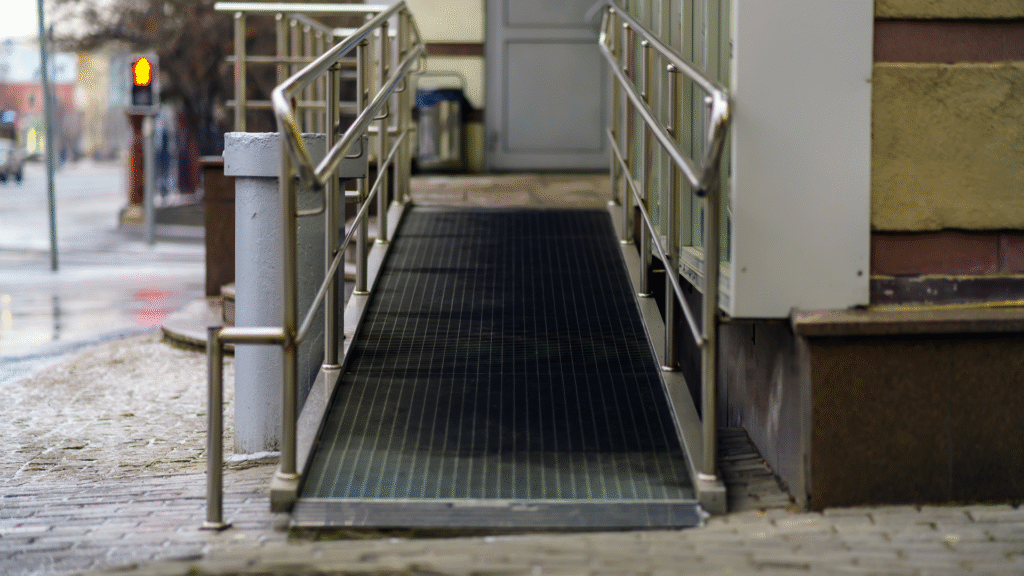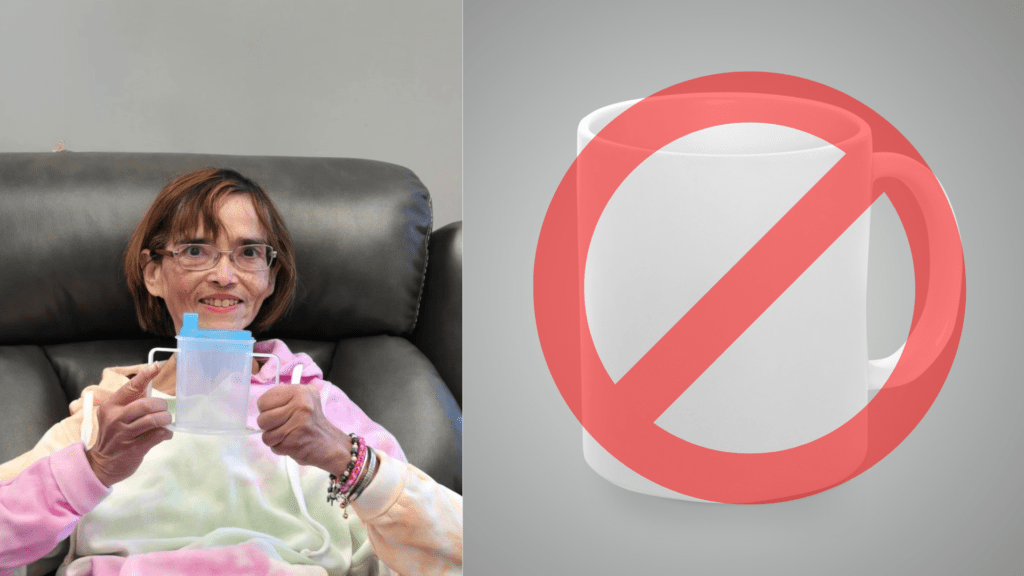Why Accessibility Matters in Retail
Making your store accessible isn’t just about meeting a requirement. It’s about creating an inclusive, welcoming environment where everyone, including people with disabilities, can shop with ease and dignity.
Accessibility leads to better customer experiences, stronger community ties, and increased foot traffic. But despite this, many retail stores still present challenges—narrow aisles, limited mobility space, and heavy doors that make entry difficult for wheelchair or scooter users.
Let’s explore simple, effective ways to improve your store’s layout and service, especially for people using mobility aids. In this article, we will discuss five ways to make your retail store more accessible for shoppers.
1. Provide Easy Entry Access
Many shoppers face the first barrier at the entrance. Heavy manual doors, steps without ramps, or tight corners can make it difficult or even impossible to get in, especially for people using mobility scooters or powered wheelchairs.
What you can do:
- Install automatic doors or lighter handles.
- Provide ramps with a gentle slope.
- Remove clutter near the entrance for smoother access.
If you’re not sure what needs improvement, invite someone with lived experience to test your entry point. Their feedback can help you make better design choices.
2. Design Aisles with Mobility in Mind
A common issue in many retail stores is narrow aisles that don’t accommodate bigger mobility scooters or powered wheelchairs. Even lightweight mobility aids struggle to navigate around crowded displays or poorly placed racks.
The solution:
- Ensure your aisles are at least 1000 mm wide, allowing mobility aids to pass through comfortably.
- Avoid placing temporary promotions or baskets in walkways.
- Use clear and consistent pathways throughout the store.
At Assistive Tech Hub, we’ve seen how a simple change in layout can transform a shopper’s experience from frustrating to enjoyable.
3. Train Your Staff on Inclusive Customer Service
Even if your space is accessible, an untrained team can undo that effort. Staff who aren’t familiar with disability inclusion may unintentionally make customers feel overlooked or uncomfortable.
How to improve:
- Train employees to offer assistance without assuming or being intrusive.
- Encourage open and respectful communication with all customers.
- Include accessibility awareness in your onboarding or regular staff training.
Good service is more than friendly—it’s informed and inclusive.
4. Use Clear Signage and Visual Aids
Not all disabilities are visible. Shoppers with vision, cognitive, or hearing impairments benefit from signs that are easy to read and understand.
Tips for better signage:
- Use large, high-contrast fonts.
- Include icons or images to support written directions.
- Position signs at eye level for people using wheelchairs.
You can also add tactile or braille signage for key areas like bathrooms, counters, and exits.
5. Offer Assistive Equipment or Recommendations
Some customers come with their own mobility aids, but others may not. Stores that provide on-site equipment like lightweight wheelchairs or mobility scooters give shoppers the option to move freely, comfortably, and independently.
However, traditional scooters are often too large to navigate narrow aisles or enter smaller shops. This is where compact, powered wheelchairs or lightweight mobility aids shine. These are easier to maneuver and more suitable for indoor environments.
Need help choosing the right equipment?
At Assistive Tech Hub, we offer a range of powered mobility solutions that are perfect for retail spaces. Whether you’re looking to offer these to customers or need expert advice, we’re here to help.
Make Accessibility Part of Your Brand
Retail accessibility isn’t a trend—it’s a standard. An inclusive space not only serves more people but also builds loyalty, improves customer flow, and reflects modern values.
Even if you’re a small business, you can take simple steps toward a more accessible environment. Start by reviewing your space, listening to feedback, and making small layout or service improvements.
Want help designing a more inclusive store layout?
Contact Assistive Tech Hub today for personalised support.
FAQs
Why should I invest in making my store more accessible?
Because accessibility isn’t just about compliance—it’s about reaching more customers, building loyalty, and creating a space where everyone feels welcome.
Do I need to redesign my whole store to be inclusive?
Not necessarily. Sometimes, adjusting the layout, adding ramps, or offering lightweight equipment can make a huge difference.
Are there mobility aids suitable for indoor retail spaces?
Yes. We recommend compact powered wheelchairs and lightweight mobility scooters that are easy to move around in-store.
What’s the best way to train staff in accessibility?
Start with basic disability awareness. Encourage empathy, respect, and practical knowledge on how to assist shoppers with different needs.
Where can I find accessibility equipment for my retail space?
Browse our full range of solutions or speak with us directly for recommendations that suit your layout.
Ready to make your store more inclusive?
Talk to us at Assistive Tech Hub. We’ll help you create a space where accessibility isn’t an afterthought—it’s a promise.
Contact us or explore our store today!



